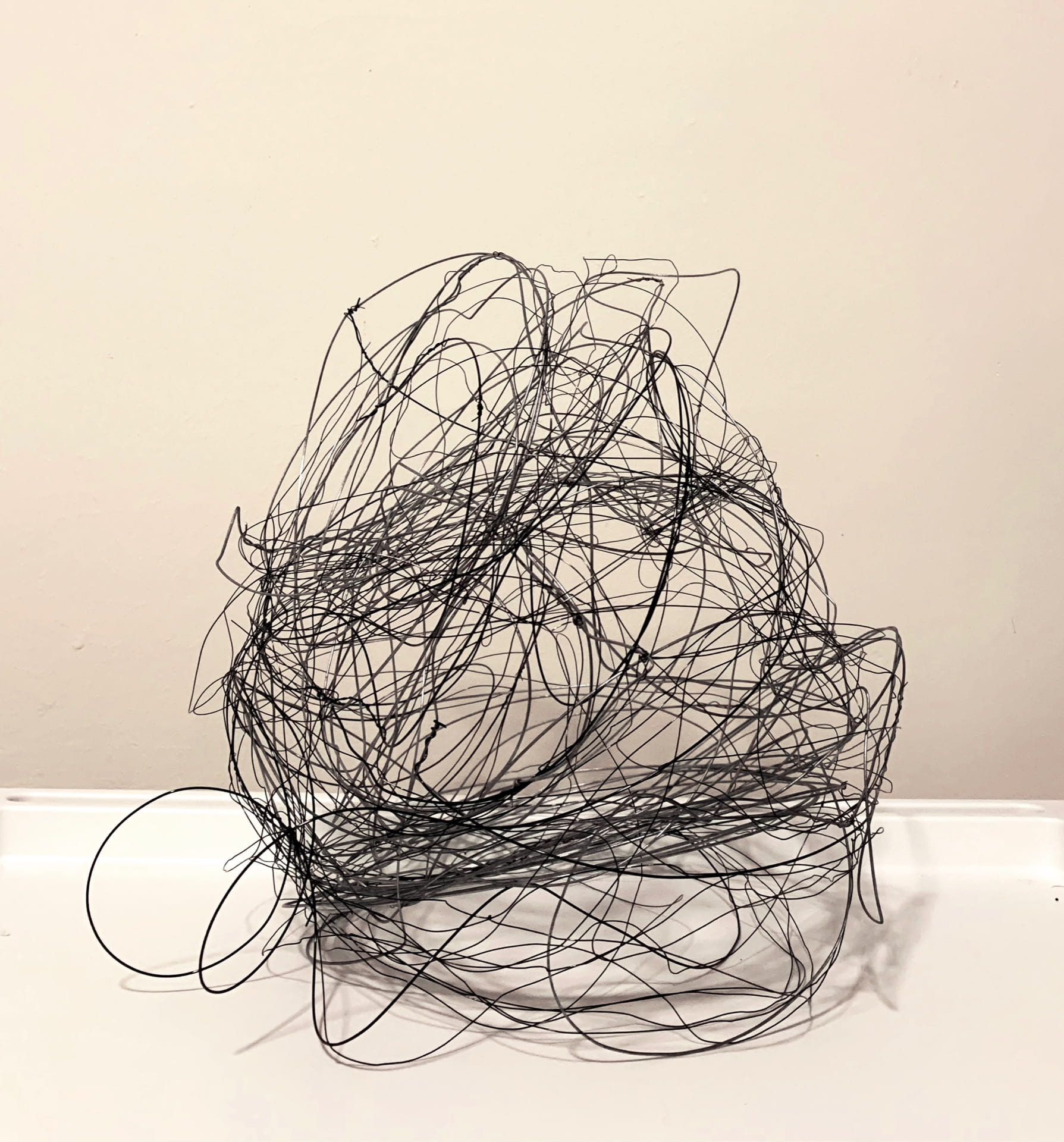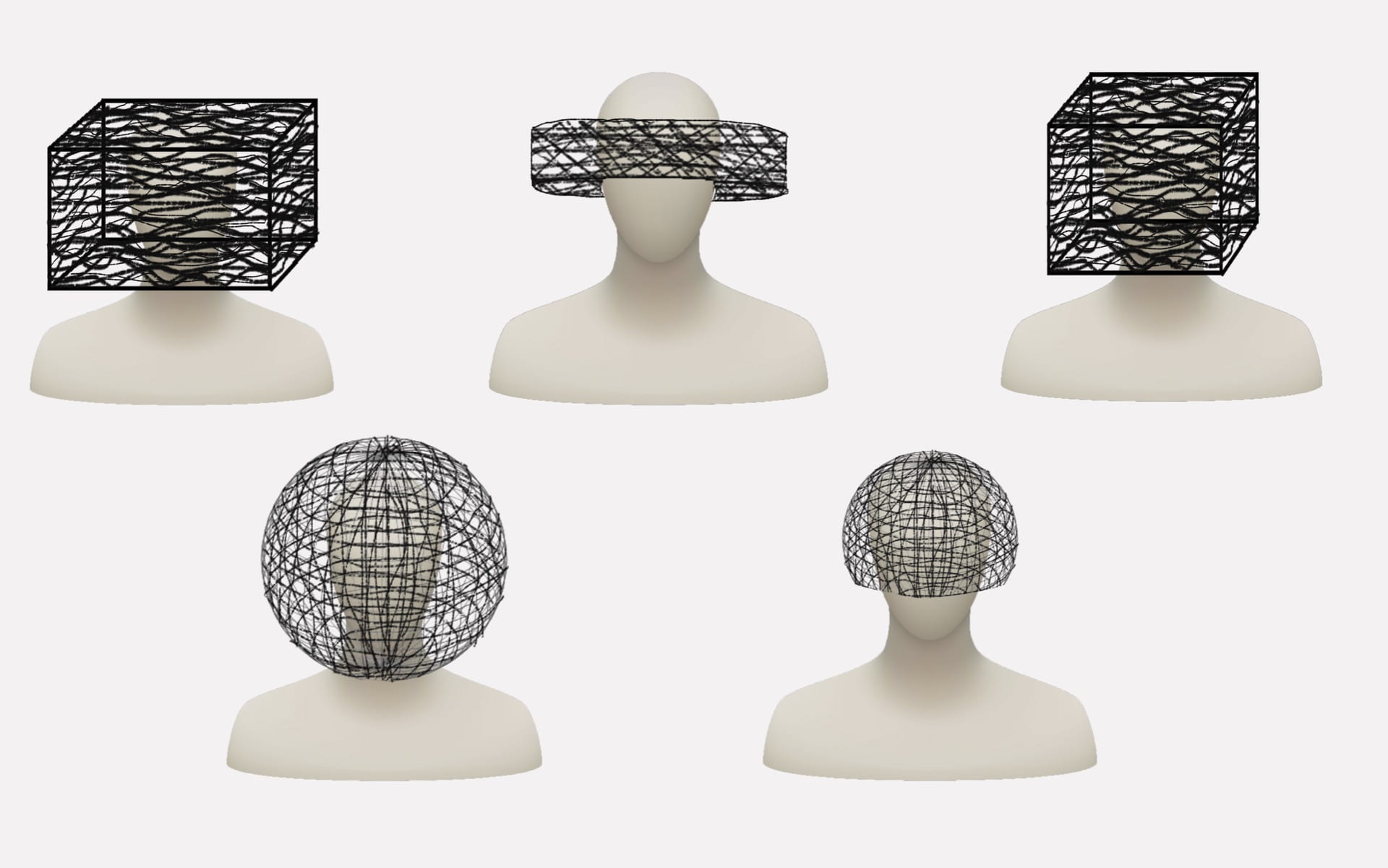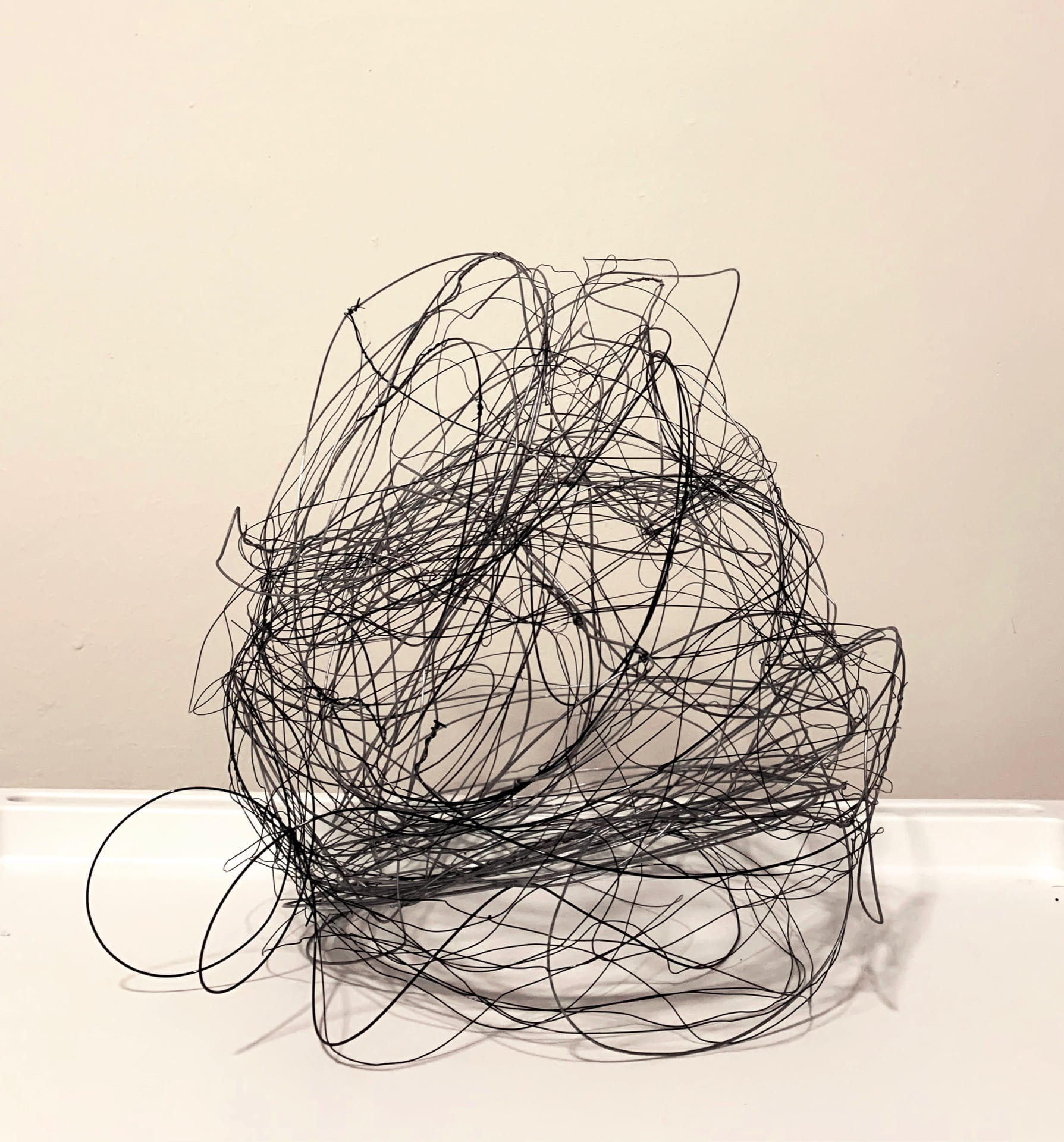Who am I as a maker?
I believe being a maker is a second language that I have grown to adopt. Ever since I was a kid I had strong opinions about the world around me; my society, my culture, my environment, politics, and so much more. I’ve always wanted to change what I believed was wrong, it deceived me into thinking that I wanted to be a lawyer, however, I learned that words are not my strongest way of expression. Eventually through trial and error, I found that art making allowed me to comfortably express in an even more efficient manner. To me, being a maker is being an activist. As a maker, I believe in using art as a platform for expression, as visual language is just as strong as words. Being a maker is being an activist who speaks for herself, and for those who are unable to speak for themselves.
Research:
Because of who I define myself as a maker, I decided to do some research on fashion activism. I definitely believe that Vivienne Westwood is one of the icons of fashion activism, I looked at her Autumn’19 collection in LFW that was a commentary on the Climate Revolution. Another example would be Moschino Fall’17 collection that explores waste produced by big corperations. A final example is Zoe Buckman’s hand-embroidery of Biggie and Tupac lyrics that reference women onto vintage slips, bras, and undergarments as a feminist commentary.
Brainstorming:
I wanted to explore how I have been feeling during this period which I would describe as quite foggy, almost like my thoughts are unclear and I am unable to decipher them. When the project was represented to us I was very interested in how Guda Kosta and Shadi Ghadirian used the head as the focal point of their work, usually an element of the body that most identifies an individual, however, completely extracted the identity from it. Considering that this greatly ties in with the definition of a ghosted garment, I will also explore this element.
Preliminary Iterations:
I really liked the way the rectangular shape looked on the head, I have also previously explored this shape in another project so I began by attempting to mold the wire into that shape. I taped the start of the wire to what I was using as a ‘mold’, and bent the edges using pliers to mimic the shape. However, once I pulled it out it kind of wanted to move around and I let it. I found that I liked it more in the more free form way as it furthered my intention. I moved it to a more circular ‘mold’ and continued adding more wire as I really wanted the headpiece to distort the face.
Final Project:
This piece is an interpretation of a ghosted garment. It is an abstract headpiece made out of wire that acts as a commentary on mental health during COVID-19. The wire is tangled up in a random manner, and wraps around the head mimicking an entanglement of thoughts. Once worn, the headpiece distorts one’s identity, and breaks them down to simply their fogged up thoughts.
Critique Questions:
- What feelings does the piece evoke?
- Is it clear that the shape is that of a head/headpiece?
- What is more suitable to display it by its own or on a person?


